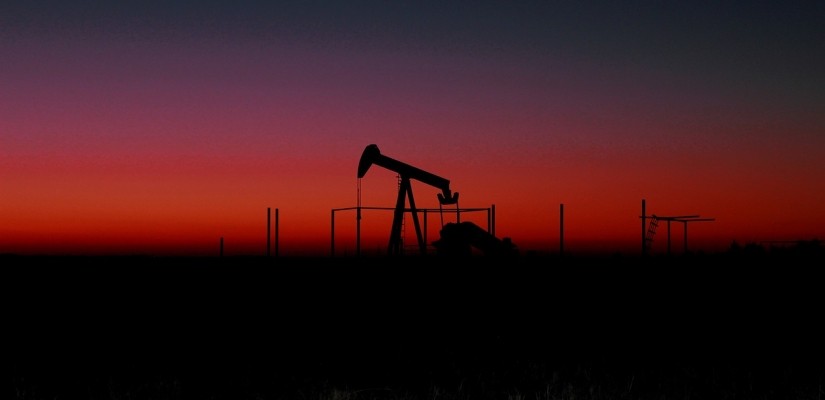The coronavirus (COVID-19) pandemic has substantially disrupted the petroleum industry, and significant uncertainty will remain in the months ahead. On April 12, 2020, in an effort to stabilize the market and bolster energy prices, the Organization of the Petroleum Exporting Countries (OPEC), along with other oil-producing countries, agreed to cuts in oil supply that will reduce signatories’ overall output by 9.7 million barrels per day (bpd) for May and June. Major producers Saudi Arabia and Russia supported the deal, as it would end a month-long price war between these two countries that had started in early March. The US and other G20 countries also showed support for the deal. The reduction associated with the deal is equal to 10% of global output. Due to the enforcement of COVID-19 lockdowns, however, worldwide demand has fallen by nearly 30% and the aforementioned cuts would not completely reverse the associated downward pressure on prices. After the announcement by OPEC+, the Brent Crude benchmark price decreased in the following days, from over $30 on April 12 to roughly $28 on April 15. Markets expect continued weak demand and significant oversupply in the months ahead. On April 15, the International Energy Agency (IEA) estimated that world crude demand for April will be 29 million bpd lower year on year. The IEA further predicted that trends in crude demand will continue through at least the end of 2020, with a 2.7 million bpd decrease in December year on year. Given these changes, energy markets face numerous interrelated risks in the months ahead.
The first and perhaps most immediate risk relates to logistical or operational costs that producers will face in the weeks ahead. Global oversupply will soon exceed available storage capacity. Storage costs have increased significantly in past weeks and may continue to do so in the future. At current levels, worldwide storage capacity will run out in May 2020. Of course, some countries will run out of storage capacity and end production before others. In order to alleviate these costs, a number of countries, including the United States, have offered to provide local companies with storage space previously designated for strategic energy reserves or have increased the amount of strategic reserves. Similarly, shipping rates have proven volatile, and have risen significantly. Rates for Very Large Crude Carriers (VLCCs) more than doubled in the last week of March.

Energy markets will also face a number of financial risks in the months ahead. First, oil producers’ corporate and sovereign debts will become much more difficult to service. This problem will prove especially severe for producers that face relatively high production costs, such as shale oil producers. Countries with nascent shale industries, such as Argentina, could face still greater losses. Decreased sales by the partially state-owned oil producer in Argentina, Yacimientos Petrolíferos Fiscales (YPF), may force Argentina to further renegotiate international loans. Second, and related to the first, the currencies of some major commodity producers, such as the Canadian Dollar, Russian Ruble or Mexican Peso, may experience months of weakness and volatility. This is partially the result of a broader trend in which investors are seeking safe-haven assets, like the US Dollar or Swiss Franc. In April 2020, Russia reportedly spent roughly $7 billion in foreign exchange to bolster its own currency.
Lastly, the oil industry faces two major political risks in the days and weeks ahead. A signatory to the OPEC+ agreement may choose to leave the deal and unilaterally increase production. For instance, in the lead-up to the agreement on April 12, Mexico proved one of the most unwilling to make cuts and cut output by only 100,000 bpd as opposed to the initially floated total of 400,000 bpd. Additionally, as the crisis evolves, further international agreements may be needed. Such international responses may prove relatively slow, given the potential number of countries and interests involved.
As the crisis evolves, countries and companies in the oil industry will adapt. As the downturn continues without significant signs of a turnaround, the industry will face serious challenges through the second half of 2020.
